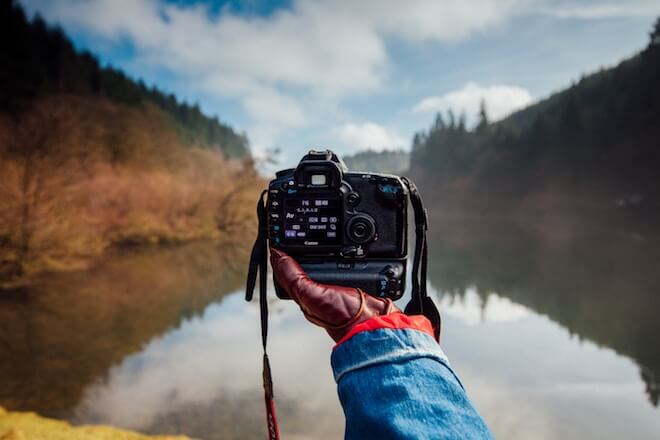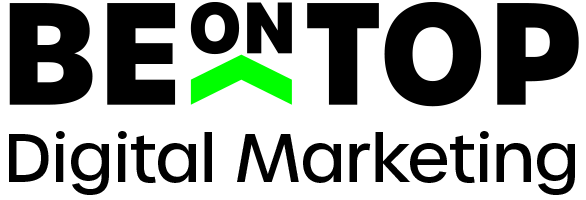
Internet users share millions of illustrations, photos and memes to tell stories and present their ideas to the world every day. Images express a great deal of information without words and can provide more context than written content. Images provide a great opportunity to grab attention, reach diverse audiences, and ultimately, market your brand. That’s exactly why you should be using this invaluable form of content to get your site to the top of search results.
Images And The Sharing Economy
As a marketer, you’re always looking for ways to attract more site visitors. Most of your site content probably focuses on anticipating the needs of your audience, so you can provide information that answers the right questions. People who come to your site might stick around if they find what they’re looking for, but only a small fraction of those visitors will link to your content.
On the other hand, image-sharing is a way of life for web users. Create engaging visuals, and you have a much greater chance of keeping eyeballs glued to your content. But to win virtual “endorsements” in the form of backlinks you have to make sure people who are using your images actually credit you on their site. Get to know your audience and design resources they will want to share. Then use a targeted outreach strategy to maximize the number of backlinks.
Creating Shareable Images For Your Site
While a single image can have a wide range of uses, you stand a better chance of getting quality backlinks when visual content offers value to your specific audience. Get started with these SEO tips.
- Research long-tail keywords: Image link building should tie in with your overall content strategy. Use long-tail keywords to come up with topics to illustrate in image format. It’s useful to see what images show up at the top of keyword SERPs. If there are few results, you have a great opportunity to rank high for those keywords.
- Diversify: Create a variety of image content to see what goes viral. For example, captioned photos, comic illustrations and image lists are frequently shared on social media.
- Label wisely: Use strong keywords in image tags to make sure your content shows up in relevant search results. Providing a clear, accurate description is especially crucial for title and alt text, as these attributes help search engines understand the purpose of the image. Images with broad appeal could end up being used across a variety of industries, exposing your content to more people.
- Create image boards: In addition to using images on your site, create and publicly share themed image collections on social media. It’s no coincidence that search results from compilation sites like Pinterest consistently rank high in search results.
Link Building Through Online Outreach
If you already use original images for your site, you’re ahead of the game. The next step is to find out if other site owners are using your images. One option is to perform a reverse image search on Google. The results will show alternate locations where your images appear. You can then ask the site owners to link to your original image to help give your site/image more authority.
How to Reverse Image Search on Google?
- Go to the Google Images homepage
- Click on the camera icon
- Click ‘Paste Image URL’ to use an image URL found online or ‘Upload an image’ to upload an image from your computer
- Click search to display results
Once you generate a good list of images that don’t have backlinks, craft a brief message to the site owners. Ideally, you want to stick to quality sites that will boost your credibility by association.
It’s common practice for many online users to grab an image without taking the time to acknowledge the owner. By sending a polite request to the site owner to link your images, you can immediately increase your backlinks without having to rush to create more content. Don’t just stop there. Make it your goal to build relationships with other site owners.
If you update your content, reach out to your contacts to let them know there are newer versions of popular images. Older links might be updated and the image links may not function correctly if either party has made changes to the link. And when you design news-driven images, such as infographics, give the heads up to fellow site owners and press contacts that you have new visuals they may be interested in using. Offering early access to image content helps other marketers stay ahead of the curve as trending topics arise, providing mutual benefit to everyone involved.
